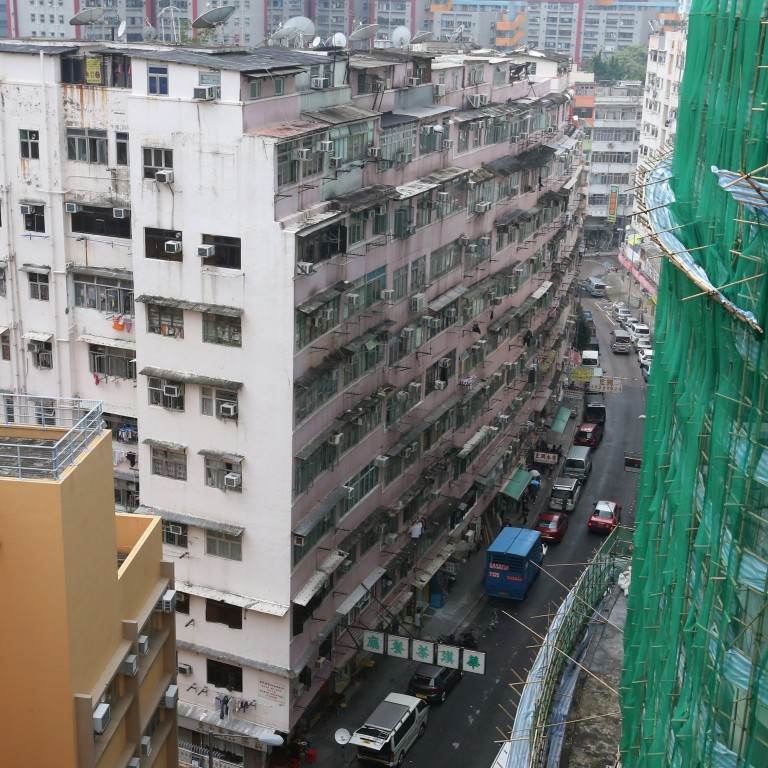
Hong Kong's urban renewal should adopt a multi-agency approach
On the social responsibility and economic solvency of the Urban Renewal Authority, perhaps Hong Kong can learn from the experience of other countries.
For example, in the United States, urban renewal in the 1970s and 1980s under the Department of Housing and Urban Development, mainly focused on the wholesale redevelopment of dilapidated residential communities, often with massive land cost write-downs and tax incentives, but have mostly mixed results because few cities can revitalise such communities socially and economically.
The former approach taken by Singapore's urban planners was more practical, as it focused on the redevelopment of smaller urban mix-use projects, with the full support of other development agencies on re-housing and reprovisioning. The results have been impressive, in solving the redevelopment, re-housing and the planning and design issues of the city.
In Chinese cities, recent urban redevelopments are often targeted at obsolete industrial or utility sites, with some form of cooperative ventures, re-housing or payments as compensations if displaced farmers or residents are involved.
In Hong Kong, given the need for the URA (formerly the Land Development Corporation) to "operate under prudent commercial principles", but with only a small government seed grant, and without the support of re-housing facilities nor strong government and political support, it will be difficult for the URA to achieve full social responsibility.
The framed American journalist and activist Jane Jacobs has advocated gradual social and urban changes through private-public joint efforts, such as renovation (rather then wholesale renewal), neighbourhood preservations, community participation, development catalysts, street beautifications and tax and other investment incentives. The revitalisation of the west side neighbourhoods of Manhattan around the impressive Lincoln Centre is a good example of the theory in practice.
Similar efforts are taking place in Shanghai, Boston and various European cities.
The issues involved in urban renewal: land acquisition, compensation, relocation, re-housing, rezoning, planning and design, revitalisation, preservation, financing, construction, marketing and management, among others, are too massive without the full efforts and coordination of multiple agencies.
To fulfil the dual role of social responsibility and economic solvency, urban renewal in Hong Kong needs a more comprehensive approach and strategy, inter-agency support and perhaps a new structure.
